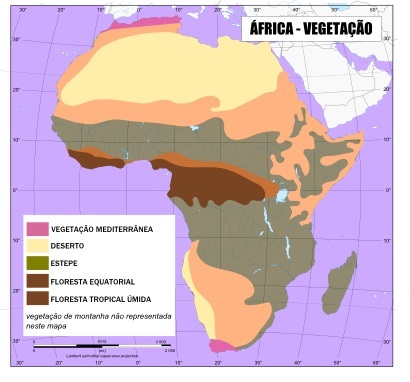Smallest terrestrial continent in territorial extension, with approximately 8.5 million square kilometers, the Oceania has 36.6 million inhabitants, who are distributed in 14 countries, with the majority living in the Australia.
This portion of the globe has large reserves of mineral resources. The soil of the Australian territory, for example, is home to significant deposits of gold, bauxite, iron ore, lead, copper and manganese. These minerals are exploited on a large scale and exported to Japan and European Union countries. As for the energy source, the country has mineral coal reserves.
New Zealand, the second most economically developed country in Oceania, has deposits of oil, natural gas and coal. Another great highlight on the continent is Nauru, whose economy is based on phosphate production. However, it is estimated that, if the exploration pace is maintained, this ore will be exhausted in less than 30 years.
Do not stop now... There's more after the advertising ;)
Other countries in Oceania that have an important economic activity in mining are:
- Solomon Islands: home to deposits of gold, silver, copper, phosphate, asbestos and bauxite.
- Papua New Guinea: has gold, copper and oil reserves.
- Fiji: gold and copper.
- Federated States of Micronesia: large phosphate deposits.
By Wagner de Cerqueira and Francisco
Graduated in Geography
Brazil School Team
Oceania - continents - geography - Brazil School
Would you like to reference this text in a school or academic work? Look:
FRANCISCO, Wagner de Cerqueira and. "Oceania's Mineral Wealth"; Brazil School. Available in: https://brasilescola.uol.com.br/geografia/riqueza-mineral-oceania.htm. Accessed on June 28, 2021.

